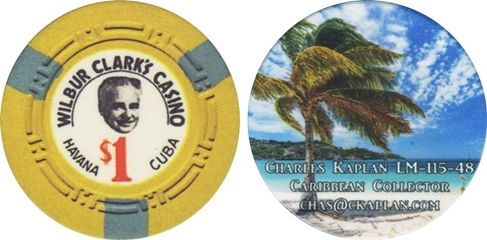|
|
|

To reduce the shadows produced by the scanner between the chips, take two pieces of white 8.5" x 11" card stock paper (regular paper is too thin and will let light through) and tape them together so that that the can go over the chips and completely cover the scanning area.
If you need to rotate a chip image to get aligned properly, rotate it first before cropping.
When done, you can reduce the size of a saved image by opening up the image in MS-PAINT and then saving it. Typically an image of a chip will be reduced from 40K to 10K.
It will take some time to learn the process from scanning to a completed image to your liking. Keep at it and if there is something you don't understand, come back and ask again on the ChipBoard.
If I was going to scan 3,500 chips, I would scan one chip at a time. I would set up a jig to go on the scanner and hold the chip in precisely the same position for each scan. Then with Adobe PhotoShop you can set up a macro that would capture the image from that location and crop and save it in one command. I learned this trick from Greg Susong. So capturing a chip image would just involve putting the chip into the jig on the scanner and running a macro on Adobe PhotoShop. That has to be the fastest and easiest way to do it.

|
|